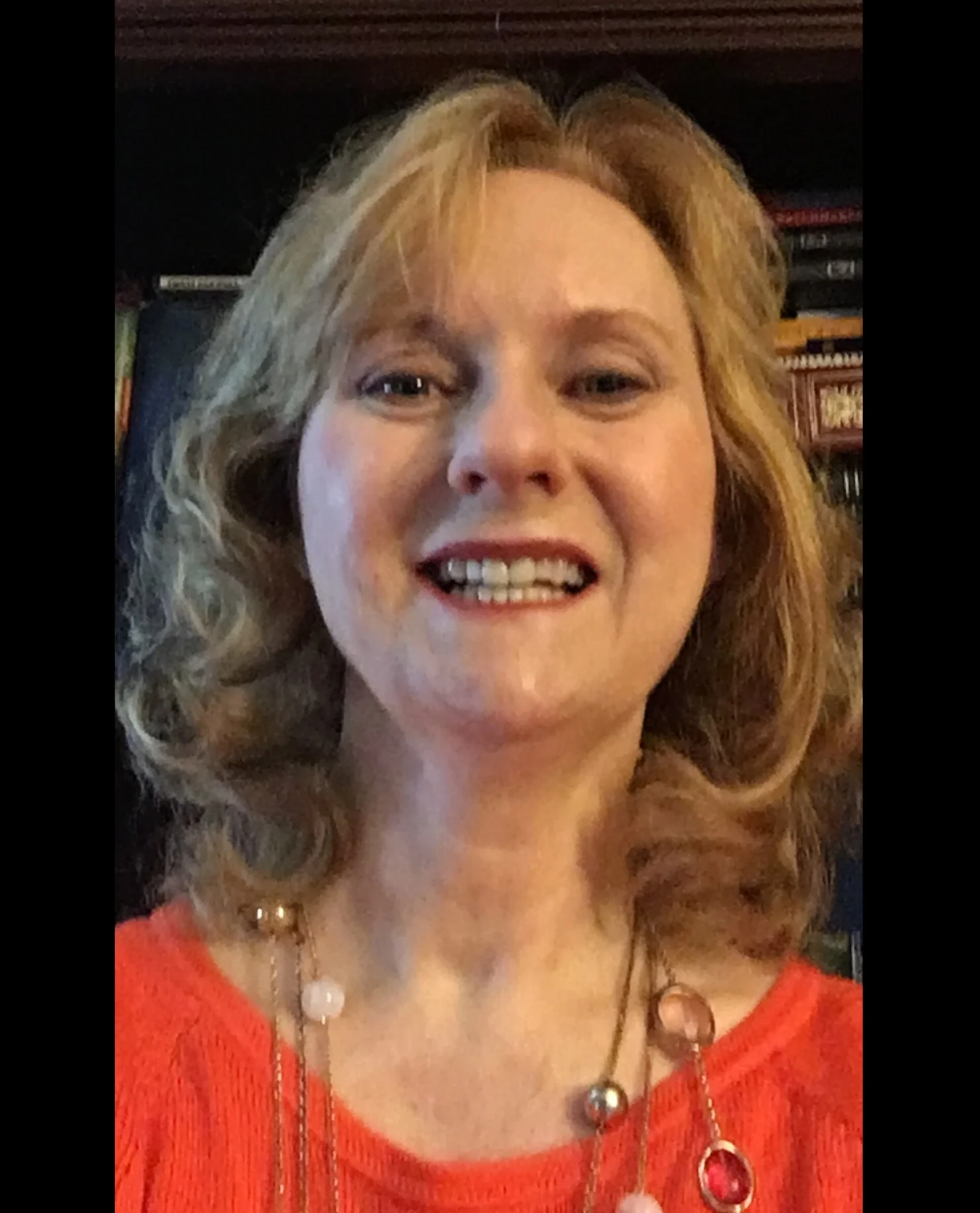We’re celebrating romance this month in This Awful Awesome Life. Romance is the most popular genre in literature.
Is it because historically critics considered almost any work written by a woman to be a romance, so the number of books considered romances is skewed?
That is certainly a factor, but statistically, women are more likely to read books than men, and they are more likely to read works of fiction.
Typically, romance novels focus on the relationship of two people who fall in love. Their endings tend to be emotionally satisfying and happy after a major conflict is resolved.
The titles of twenty ancient Greek romance novels are known; unfortunately, only five complete novels still exist in modern times. These are the Ethiopian Tale, Daphnis and Chloe, Chareas and Callirhoe, Leucippe and Clitophon, and The Ephesian Tale.
While the romance was developing in Europe, it was also becoming an integral part of Chinese literature. During the 17th century (the Ming and Qing dynasties) romantic novels called caizi jiaren (scholar and beauty) were in mass circulation.
Samuel Richardson wrote Pamela, or Virtue Rewarded the first English romance novel written from the heroine’s perspective. It is considered to be the precursor to the modern romance novel.
Romance novelists Maria Edgeworth and Jane Austen influenced the work of the Brontë sisters. Charlotte Brontë was also influenced by Elizabethan drama and gothic novels which helped expand the romance genre.
In 1919. E.M. Hull wrote The Sheik about a man who kidnaps the heroine and wins her love through brute force. Hull and his publisher believed women would only accept the idea of premarital sex if it were disguised as rape in a fantasy setting. The man forces himself on the woman, but she’s never injured, frightened or traumatized.
Walter Scott developed the popular mass market version of the historical romance novel. In 1921, Georgette Heyer ushered this new genre in with The Black Moth which was set in 1751, Heyer was a fan of Jane Austen and often set her romances in Austen’s time period, the later Regency period. Heyer’s characters were strong independent women who wanted to marry for love instead of money or social status.
The British publishers Mills & Boon started releasing hardback romance novels in plain brown binding in the 1930s through weekly two-penny libraries. During the 1950s, Mills & Boon began offering novels for sale through newsagents across the U.K.
Harlequin Romances, a Canadian company owned by Richard Bonneycastle began distributing books published by Mills & Boon in North America in 1957. Bonneycastle’s wife Mary and their daughter Judy were given full editorial control. Mary and Judy developed a decency code and rejected books deemed to have sexually explicit content.
When the romance genre became more and more popular, Richard Bonneycastle decided to read one. He chose one of the novels his wife and daughter rejected in accordance with their decency code. He enjoyed the book. Afterward he ordered his company to conduct a market test of the more explicit book, and discovered it easily outsold tamer novels. The tamer novels were formulaic and featured heroines in traditional careers such as nurses, teachers, or secretaries and romance was limited to only a chaste kiss near the end of the story.
In 1971, Harlequin bought Mills & Boon. Hoping to build on their successful sales model, Harlequin began selling romances in supermarkets, drug stores, and newsstands. They even started a mail order book club for readers who agreed to purchase a certain number of books each month. Each book was exactly 192 pages.
In 1972 American romance fiction changed after the publication of Kathleen Woodiwiss’s novel The Flame and the Flower. It ushered in the modern Bodice ripper, the first books to follow a couple into the bedroom. This new element revolutionized the romance genre. By 1976, over 150 historical romance novels were published and sold over 40 million copies.
The romance genre continued to evolve, and the heroines became smart, independent, and strong-willed. They were often paired with heroes who could be changed into more compassionate and caring men.
Janet Dailey is the first American writer to pen a romance for Harlequin. Her book was the Harlequin readers’ first glimpse of Heroes, heroines, and courtship in America. The publishers were unsure if their readers were ready for such a change. They even rejected a manuscript submitted by Nora Roberts because they already had their American writer. Roberts went on to become the top-selling romance novelist.
The success of Harlequin romances inspired other publishing companies to embrace the romance genre. The new publishers such as Dell and Silhouette embraced the public’s desire for steamier romances, but Harlequin did not.
As the romance genre grew in popularity, readers began embracing males and female main characters who were older with less than perfect figures and imperfections that made them seem more relatable.
The romance genre continues to embrace diversity with greater numbers of minority characters, ethnic characters, and characters with disabilities. Same sex romances are also gaining wider acceptance.
Most romances still have happy endings, but when they don’t, the characters usually come out okay.






